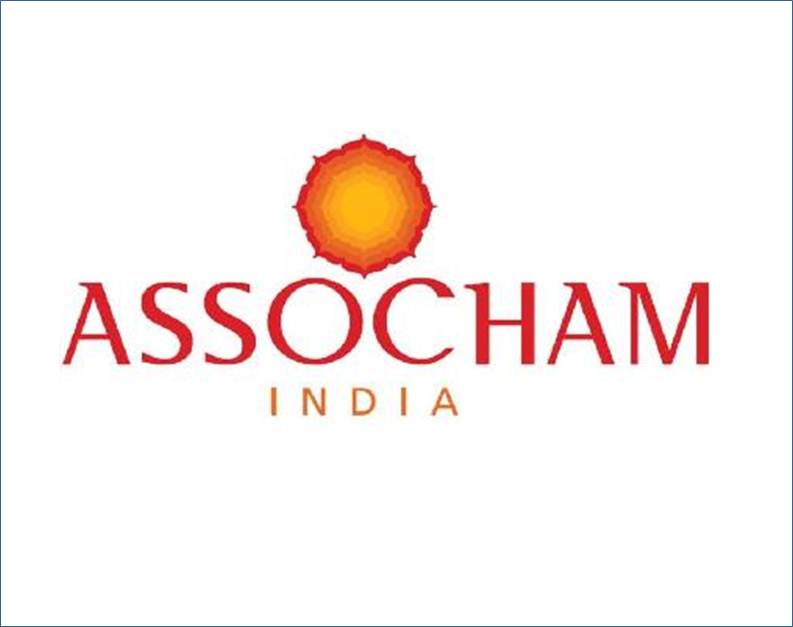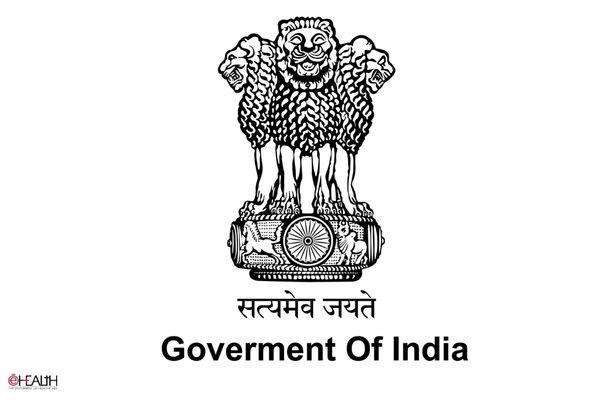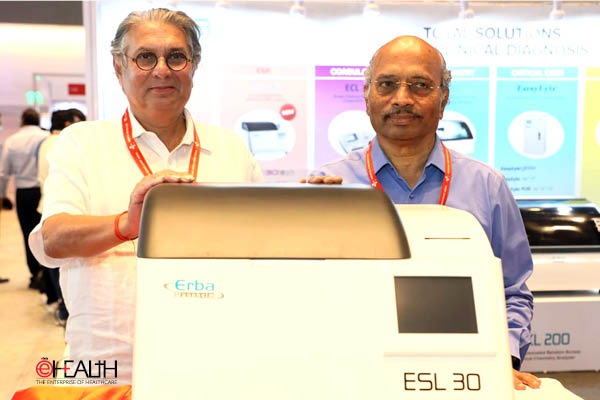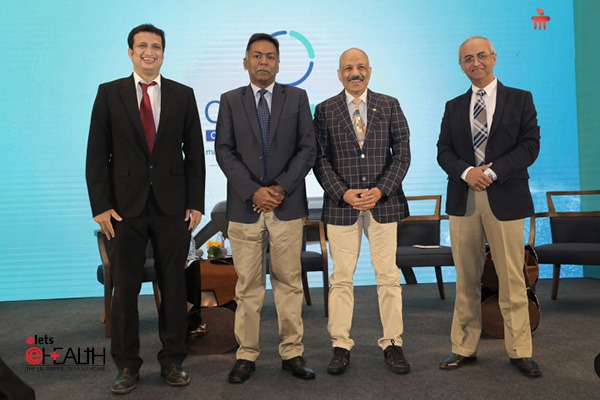
 Growing at a compounded annual growth rate (CAGR) of about 25 percent, the fake drugs market in India is likely to cross US$ 10 billion mark by 2017 from the current level of about worth US$ 4.25 billion, according to an ASSOCHAM recent analysis.
Growing at a compounded annual growth rate (CAGR) of about 25 percent, the fake drugs market in India is likely to cross US$ 10 billion mark by 2017 from the current level of about worth US$ 4.25 billion, according to an ASSOCHAM recent analysis.
ASSOCHAM paper on Fake and Counterfeit Drugs In India Booming Biz reveals that India, the world’s largest manufacturer of generic drugs, has become a busy center for counterfeit and substandard medicines which stuffed in slick packaging and often labeled. The size of domestic drug market today is pegged at around $14-17 billion.

The drives trade in fake drugs is a lack of adequate regulations, shortage of drug inspectors and a lack of lab facilities to check purity of drugs as the key reasons, adds the ASSOCHAM paper.
Shockingly, the biggest centre of spurious drugs seems to be the national capital region, which includes Delhi and its suburbs of Gurgaon, Faridabad and Noida. It is a growing problem and estimates indicate that (fake drugs) constitute nearly 1/3 of all drugs sold in NCR, adds the paper.
The concentration of fake drugs manufacturers can largely be found out in locations such Bahadurgarh, Ghaziabad, Aligarh, Bhiwadi, Ballabhgarh, Sonepat, Hisar and Punjab etc. Agra is also increasingly becoming a hub for fake drugs in India, adds the ASSOCHAM paper.

The fake drugs are available in the popular medicines like Crocin, Voveran, Betadine, injections of calcium and syrups like Cosavil. The fake drugs businesses are also turned into a massive racket and witnessed the availability of fake drugs to the extent of 25% in India, reveal the ASSOCHAM recent paper.
The other key factors for the spread of fake drugs in India comprise the shortages of drug inspectors and proper lab facilities to check purity of drugs, storages of spurious drugs by the chemists, weaknesses in drug distribution system, plenty of uneducated workforces in India and lack of law enforcement. These all reasons have given the liberty to fake drugs manufacturers and druggists to supply the spurious drugs in the region, adds the paper.
The report also emphasizes that the governance must work with industry and healthcare system to ensure the integrity of the supply chain system for pharmaceuticals. It is also important to strengthen legal and regulatory framework and provide penalties for convicted counterfeiters. There should be public awareness campaigns to promote the importance of purchasing medicines through authorized and regulated distributors. Furthermore there should be coordination in intelligence sharing among the law enforcement agencies both domestically and internationally. It is a global problem that calls for a global solution.
It has observed that intensification of the spurious drugs has not only severely impacted the original drugs manufacturers annual but has hugely threatened the life of the patients. ASSOCHAM Health Committee has recommended review of the law to make stringent provision for punishment to the fake drug manufacturers.
India is amongst the biggest exporters of illegal psychotropic drugs. This is possible because none of the Indian ports have the facility of required checks & balances and testing facilities. Inadequate manpower, rampant corruption and the fact that only a handful of Government labs are functioning, is but an added advantage for the fly by night operators.
It also highlights that around 25 percent of India’s drugs are fake, counterfeit or substandard. It mentioned the tricks of the trade include sticking fraudulent labels on expired products, filling vials with water, stuffing small amounts of real ingredients in packages of popular licensed brands and putting chalk power in medicine packets.
The Industry and the government should initiate a national campaign similar to the Jago Grahak Jago campaign and convince the citizens to insist on prescriptions and purchase receipts while making purchase of prescription medicines. ASSOCHAM suggested that government must make it a mandatory that all life saving medicines or high value branded medicines must have a tracing and tracking mechanism in place with use of modern technology.
Encouraging pharmaceutical companies to spend more on research and development and employing more in-house scientists can act as other safety mechanisms to discourage the manufacture and circulation of spurious drugs, adds the paper.
Source: IIFL
Be a part of Elets Collaborative Initiatives. Join Us for Upcoming Events and explore business opportunities. Like us on Facebook , connect with us on LinkedIn and follow us on Twitter , Instagram.












